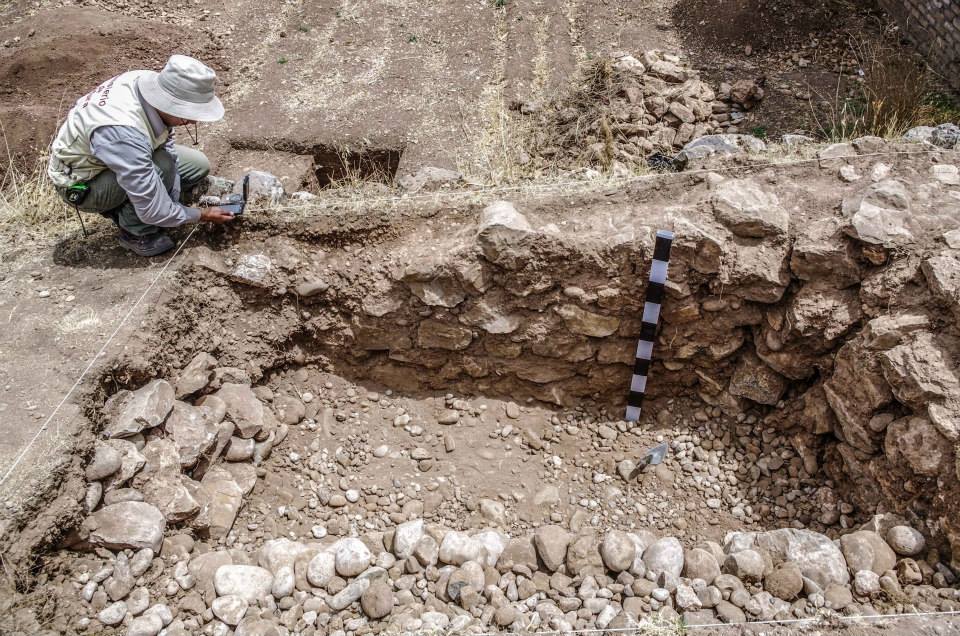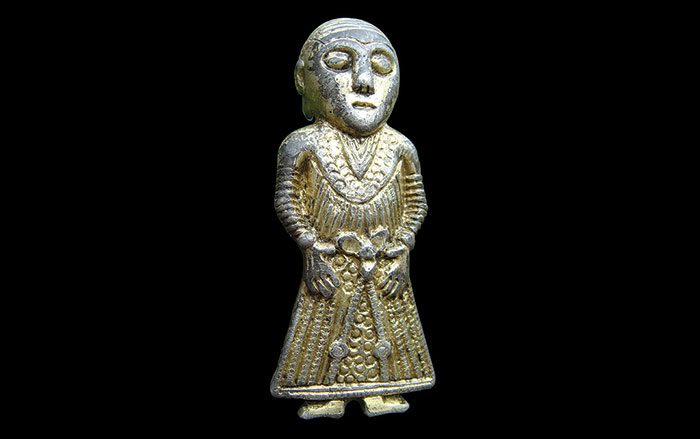
LIMA, PERU—Peru’s Ministry of Culture announced that human remains have been unearthed in Hatun Xauxa, an Inca administrative and ceremonial center in the central Andean region of Junin. The burial site may be an offering related to the founding of the city. Walls bearing traces of red paint and dating to the first period of the city’s construction were also unearthed at the northern end of the ushnu, or sacred throne where liquids were poured out in offerings by the Incas. “These findings allow us to gauge the religious importance and the complex nature of activities in the ushnu of Hatun Xauxa, reflected also in the constant change in its architecture,” the ministry told The Global Post. Archaeologists will compare the well of offerings and burials at Hatun Xauxa with similar findings at the Huanuco Pampa site, an admistrative center related to the Qhapaq Ñan Inca road system. To read about an Incan ceremonial site in Ecuador, see ARCHAEOLOGY'S "The Water Temple of Inca-Caranqui."










